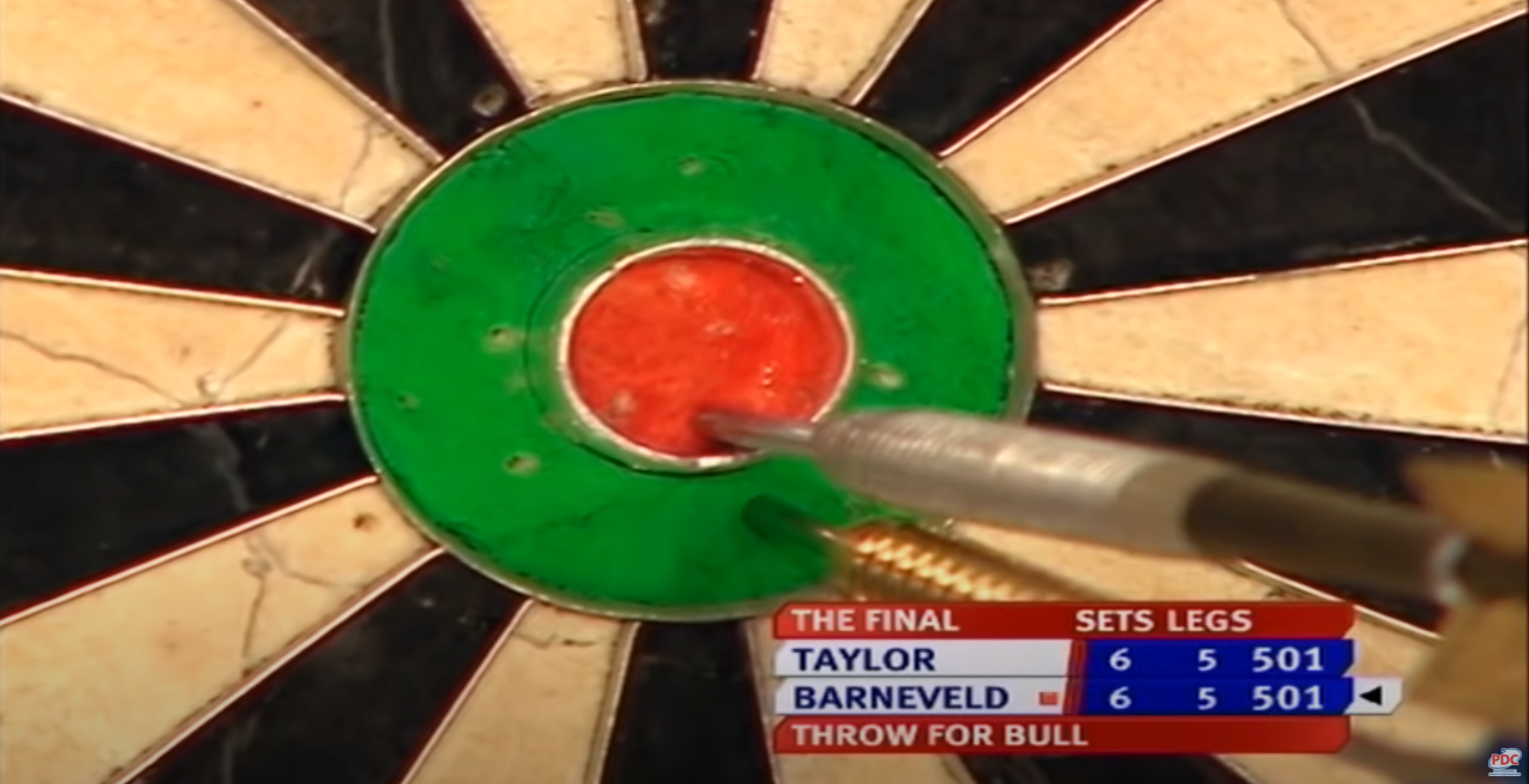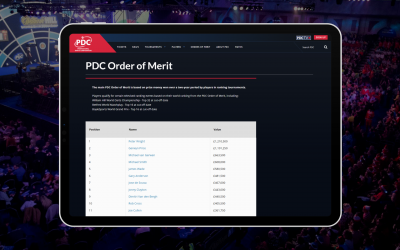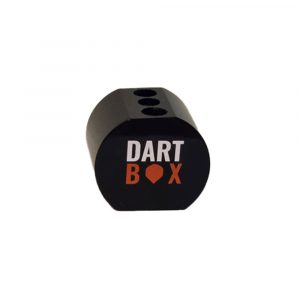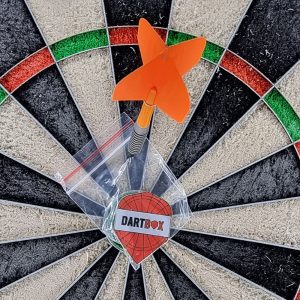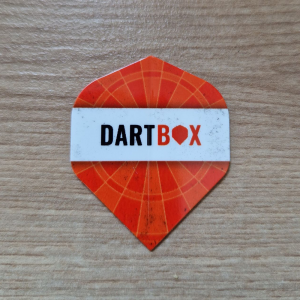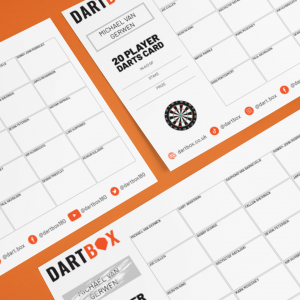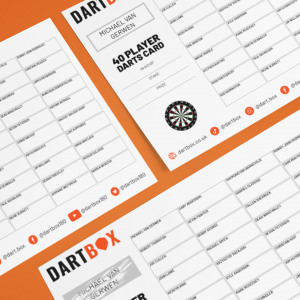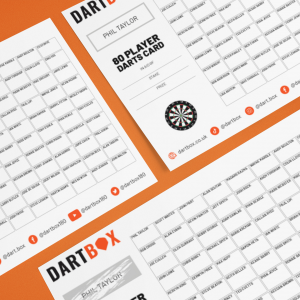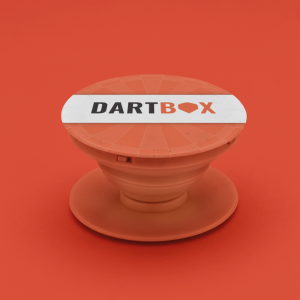In the vast majority of darts matches and tournaments, players compete to win an odd number of legs or sets first. Therefore, the player who has the advantage of throwing first in the first leg of the match has an advantage, as it is easier to win a leg if you get to throw first, as if you manage to match the scores of your opponent you will get a chance at a finish first. In PDC events, the level is so high that the advantage of throwing first often decides the games, as many go to sudden death sets or legs. Therefore, a fair system had to be implemented in order to determine who gets to throw first, and who ‘wins the throw’. The current system used is called the ‘bull up’, and it allows both players to have a fair shot at getting the advantage. The ‘bull up’ was traditionally known as the ‘diddle for the middle’, and it involves both players throwing a single dart at the bullseye, which is the red circular zone in the middle of the dartboard. Whoever throws a dart closer to the inner bullseye wins the throw.
In the current version used in PDC events, the distance is not physically measured. Instead, the player can hit a possible three areas: outside of the bullseye, the outer bullseye and the inner bullseye. If one player hits the inner bullseye, and the other doesn’t, the player that hits it wins the throw. The same happens if one player hits the outer bullseye, and the other player throws theirs outside of the bullseye area. If both players hit the same zone, both players throw again. However, the player that threw first at the bullseye in the first try will now throw second instead. Technically, the player who wins the ‘bull up’ gets to choose if they throw first or second, but almost every player will choose to throw first as it gives them a clear advantage. However, some players in the past have chosen to throw second to psychologically intimidate their opponent. If a player’s dart falls out of the board when they throw it at the bull, they are allowed to throw another one, or several others, until one sticks into the dartboard. Currently, the first player to throw at the bull removes their dart before the second player throws theirs. This is due to the fact that the second player could either be advantaged or disadvantaged by the position of the first dart.
The ‘bull up’ can be used in some situations to decide who gets to throw in a sudden-death leg. This is most commonly used in set-play and was previously used at the PDC World Darts Championship. A noticeable example came in the 2007 final between Phil Taylor and Raymond van Barneveld. In the past, some rules used the physical distance to the bullseye, rather than the zone it lands in. In PDC televised events, the ‘bull up’ is not televised as it can take a fairly long time, and it instead takes place backstage before the walk-ons take place. The same happens in the European Tour events, but in Players Championship events, which are streamed, the ‘bull up’ is shown to all the viewers.

